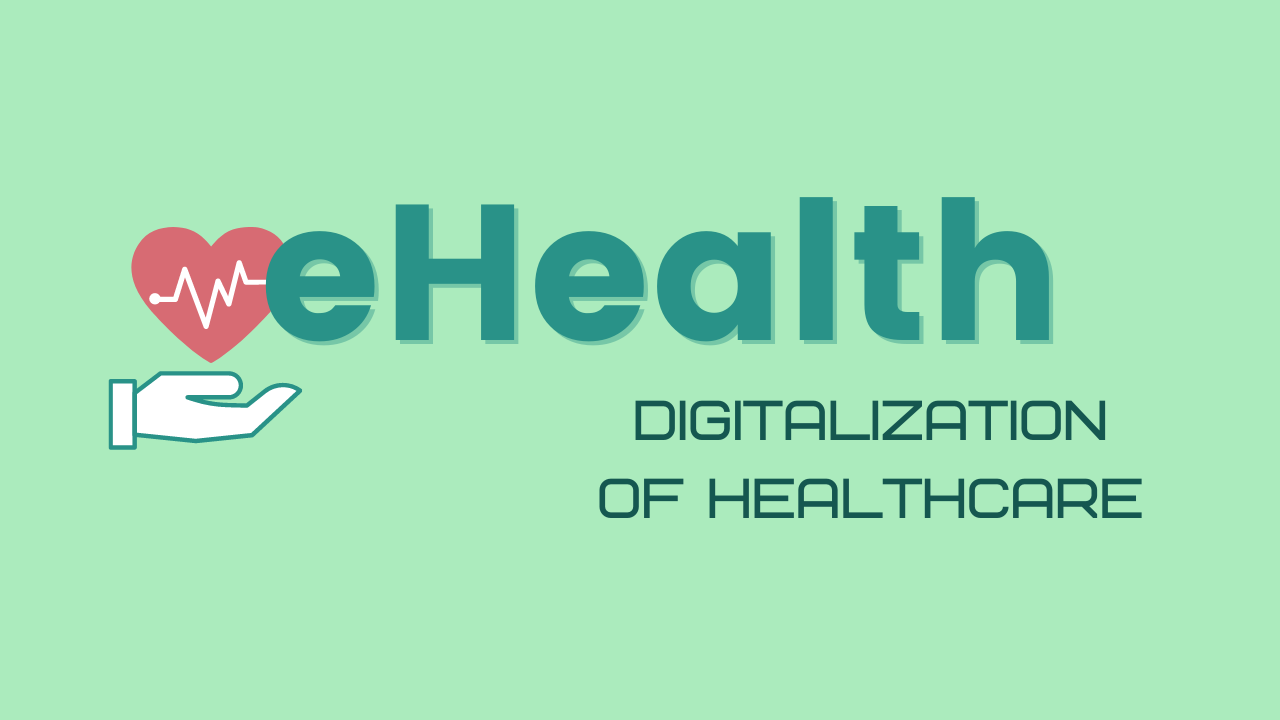eHealth
eHealth
Blog Article
eHealth
Overview
eHealth, also known as electronic wellness or Health care technology, refers to the use of Digital interaction and knowledge technologies while in the healthcare marketplace. It encompasses an array of technologies and apps aimed toward increasing the effectiveness, success, and quality of healthcare delivery.
Objectives of eHealth
The main aims of eHealth can be summarized as follows:
Improved Entry to Health care: By leveraging electronic systems for instance telemedicine and distant affected person monitoring, eHealth aims to improve usage of Health care products and services for people residing in remote places or with constrained mobility.
Enhanced Top quality of Treatment: As a result of applications like Digital overall health information (EHRs) and clinical conclusion guidance programs (CDSS), eHealth seeks to boost the quality of treatment by facilitating correct and well timed facts exchange among Health care industry experts.
Individual Empowerment: By supplying people with use of their health-related records, individualized wellbeing apps, and on line academic resources, eHealth empowers individuals to acquire an Energetic role in controlling their particular health.
Charge Effectiveness: Employing digital platforms may also help decrease administrative prices connected to paper-primarily based units whilst enabling successful coordination in between diverse stakeholders throughout the healthcare ecosystem.
Crucial Purposes of eHealth
A number of critical purposes contribute to obtaining the targets outlined over:
Electronic Wellbeing Documents (EHRs):
EHRs are digital versions of individuals' clinical records that may be quickly accessed by licensed Health care providers associated with a individual's treatment. They offer an extensive perspective of the patient's health-related historical past, lab benefits, remedies prescribed, allergy symptoms, and other related clinical information.
Telemedicine:
Telemedicine requires delivering healthcare remotely through video conferencing or phone phone calls. It permits Medical practitioners to refer to with clients who are unable to bodily pay a visit to hospitals or clinics on account of geographical constraints or mobility concerns.
Mobile Health (mHealth) Applications:
mHealth applications are smartphone programs that offer numerous Health care companies, including tracking critical signals, reminding clients to just take medicines, supplying access to health and fitness education and learning elements, and facilitating conversation with healthcare providers.
Distant Affected person Checking (RPM):
RPM allows Health care specialists to observe a individual's vital symptoms along with other health get more info parameters remotely working with wearable gadgets or sensors. This allows early detection of health problems and well timed interventions.
Well being Facts Exchange (HIE):
HIE includes the protected sharing of individual details across diverse Health care organizations, making certain seamless coordination and continuity of treatment in between companies in various settings.
Clinical Final decision Support Techniques (CDSS):
CDSS leverage synthetic intelligence algorithms to investigate healthcare knowledge and guide healthcare specialists in building proof-centered choices with regards to prognosis, cure designs, drug interactions, and much more.
Wellness Wearables:
These are typically wearable devices like Health and fitness trackers or smartwatches that will acquire physiological facts on someone's training routines, coronary heart level styles, slumber quality, and more.
Benefits of eHealth
The adoption of eHealth offers several Advantages for the two folks and the overall Health care system:
Enhanced Performance: eHealth streamlines administrative jobs by minimizing paperwork and enabling the electronic exchange of data among the stakeholders involved with client care.
Enhanced Communication: Electronic wellbeing instruments facilitate efficient communication concerning clients and their healthcare vendors even though also marketing collaboration among distinctive professionals associated with a patient's cure program.
Access to Specialised Care: Telemedicine lets sufferers residing in distant regions or underserved communities to consult with expert Medical doctors who is probably not physically existing nearby.
Well timed Interventions: Via distant monitoring devices or cellular applications that offer alerts or reminders for medication adherence or observe-up appointments, eHealth assists protect against problems by facilitating early interventions.
Enhanced Patient Outcomes: By furnishing hassle-free usage of health-related information and facts on the internet coupled with customized wellbeing guidance, eHealth empowers sufferers to actively have interaction in their very own Health care and regulate Persistent problems correctly.
Problems and Worries
Though the implementation of eHealth comes along with many Advantages, What's more, it offers worries and concerns that need to be addressed:
Privacy and Safety: Defending client facts from unauthorized obtain is an important concern inside the digital wellness landscape. Sturdy safety actions, compliant with appropriate privateness rules, need to be carried out to be certain details confidentiality.
Interoperability: Distinctive Health care systems and purposes may well not generally seamlessly communicate with each other due to lack of interoperability requirements. Ensuring economical Trade of knowledge across platforms is vital for extensive patient treatment.
Electronic Divide: Not Every person has equal usage of digital systems or possesses the mandatory digital literacy skills demanded for working with eHealth equipment successfully. Bridging the electronic divide will become necessary to ensure equitable usage of healthcare solutions.
Regulatory Compliance: The dynamic mother nature of technological innovation frequently surpasses present regulatory frameworks. To fully leverage the benefits of eHealth when safeguarding individual legal rights, rules need to help keep pace with technological enhancements with out stifling innovation.
Summary
eHealth plays a pivotal purpose in modernizing healthcare shipping by harnessing technologies for improved obtain, top quality of treatment, patient empowerment, and value performance. The popular adoption of electronic conversation applications, telemedicine providers, cellular health and fitness apps, remote monitoring devices, as well as other impressive options contributes in direction of a far more related and patient-centered approach to healthcare provision. Even so, addressing worries associated with privacy safety, interoperability expectations compliance bridging inequality gaps in Net accessibility are very important steps toward reaching the full prospective of eHealth.
